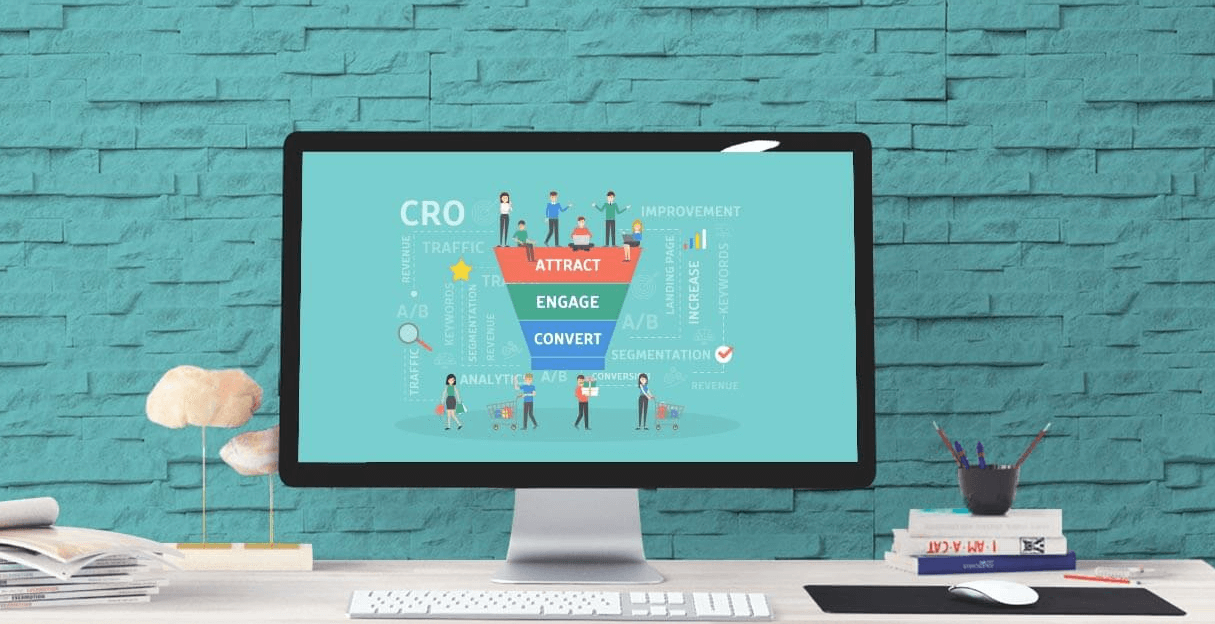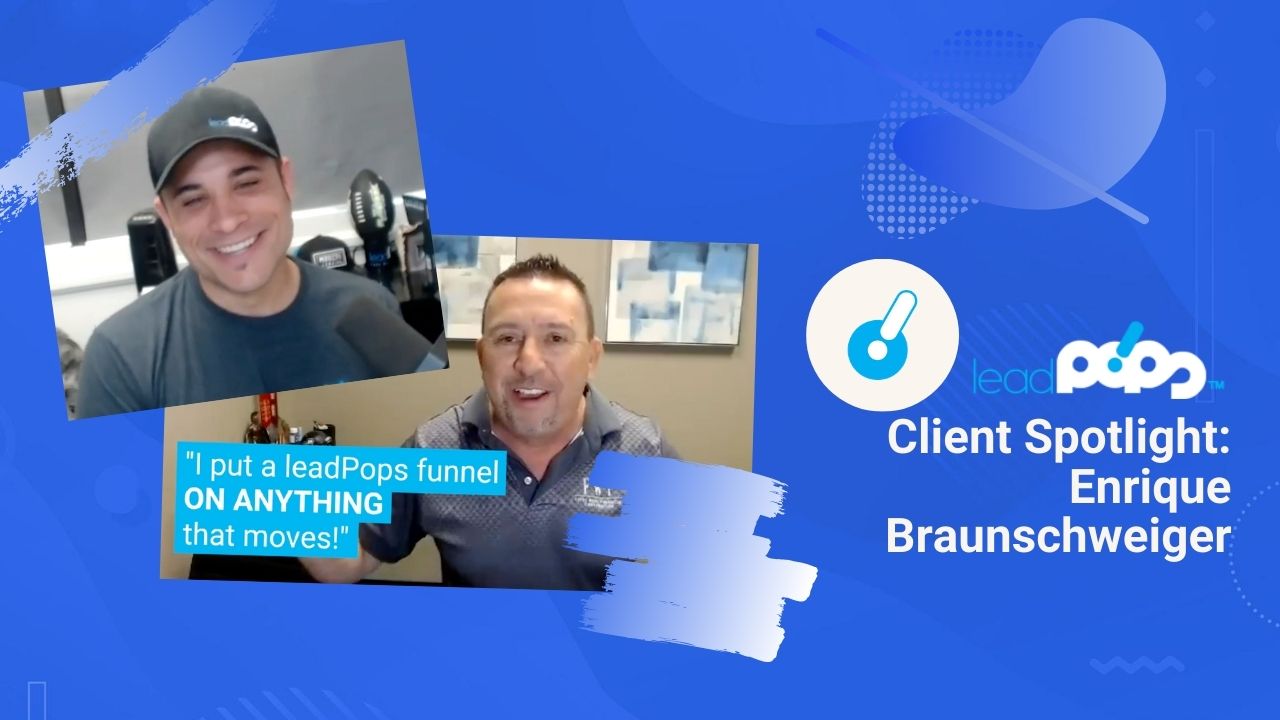Pop quiz:
What’s the value of a landing page?
Yes, it’s important that you have a landing page that greets someone on your site, and guides them to the next step—ultimately converting them into a potential lead for your business.
But what’s the value of a specific landing page?
It’s in the question itself:
Specificity.
Creating landing pages specifically designed for certain people and certain customers not only makes them feel more valued, but tells them that you may have the unique solution—the answer to the question they’ve been asking themselves.
But while that sounds well and good, how do you create a landing page designed specifically for a target demographic?
And how do you know how specific to get?
Here’s a guide for creating landing pages targeted specifically to groups and segments within your audience:
Step One: Know Your Target Audience
It starts with understanding your target audience in the first place.
- What do you know about them?
- Can you consult your web analytics to get a sense of who they are, where they’re coming from, and what they’re searching for?
- Have you noticed that one particular segment of your audience tends to convert better on your website?
- What types of questions are your potential leads asking?
These are the questions you’re going to have to answer if you want to get a sense for how your target audience will ultimately break down.
It’s great to have an idea of your target audience in mind. But you’d be surprised to learn that there might be all sorts of demographics that you haven’t considered yet.
That’s why it’s integral to establish effective analytics on your site as soon as possible. You need raw data on your target audience—and you need a large enough sample size to evaluate it.
This might sound like intensive work.
But it might be much simpler than you think.
You just want to get a sense of your audience. Who are the people who have visited your site? What sorts of questions are they asking themselves?
And, ultimately, what solutions do you offer?
Step Two: Start at High Levels
You don’t have to divide your target demographics into 52 individualized segments right off the bat.
As you gather data on your audience, you’ll likely get a sense of how they might break up.
For instance, those in mortgage marketing may find that there are two types of buyers: first-time buyers and people who have already been through this process before.
Dividing your target audience into those two major segments makes sense. It allows you to target one type with a different list of benefits than you would the other.
And that’s just one high-level segment division you might make.
There may be others that are immediately obvious.
The key here: don’t make it arbitrary.
You’ll want to divide your segments based on how a customer is likely to behave. You don’t necessarily want to break it up based on something as arbitrary as age 34 vs. age 35.
Yes, you might end up creating different landing pages for someone in West Virginia than you would for Virginia. Sometimes in your business, these lines aren’t arbitrary.
But you want to start at the high levels so you don’t needlessly create divisions where they don’t need to be divisions.
As you break up your target demographics into smaller segments, think of it like breaking off a piece of a cookie—you don’t have to get it exact. In fact, there may be morsels of the cookie that want to stay together. That’s fine.
Don’t force it where it doesn’t need to happen.
Just ask yourself a simple question: where are the target segments I’m noticing that might benefit from a uniquely tailored landing page?
Step Three: Write the Landing Page with Your Target Demographic in Mind
When it comes down to the actual writing of the landing page content, you should always do it with your potential lead in mind.
That means it’s okay to get specific.
That means it’s okay to answer their questions directly.
That means it’s okay to write the key words that they’ll respond to.
But if you’re still unsure as to how to construct a landing page designed for them, keep in mind that you can utilize A/B testing to try out different variables such as headlines and visual elements:
- Construct A/B tests that have two outcomes focused on your target demographic. If you don’t know where to start, start at the top: the headline. Then, move on from there. Allow some time between tests so you get a true sense of how these landing pages are performing.
- Utilize those A/B tests to determine if you can break that demographic down further. If you notice that an A/B test doesn’t tell you much, it may be a sign that you can actually create two distinct landing pages based on each of these target segments. You might be able to split the A/B tests into distinct landing pages to get more conversions out of each landing page.
As you break down each element, you’ll likely get a sense of what words work for which specific target segments.
For instance, first-time home buyers might be looking for key words that tie into their need for security and certainty as they enter into a new process.
Other people with “house fever” might be looking for words that suggest that you can get work done for them in a hurry.
The key is to tinker with your landing pages at this stage. Don’t be afraid to change things up and even delete landing pages that aren’t working out. It’s a process.
Step Four: Remember that Each Landing Page is an Asset
It might seem a lot of upfront work, but remember: each landing page is an asset.
Once you’ve created a landing page that converts for one specific segment, you don’t have to work hard to maintain it.
You can simply keep that landing page live and focus on sending more traffic to it.
Each unique and successful landing page is a new asset for your business. It’s a new way to generate growth and inspire more potential leads to convert for your company.
That’s why it’s worth putting some time and energy into your landing pages upfront. As you work to figure out your specific target demographic, you’ll also figure things out about your landing pages that can improve their performance.
And as you learn something new about one landing page, it can lead to you utilizing that same principle across multiple landing pages.
The key, as always: think about your target demographic.
Creating a specifically targeted landing page is a great way to give people a reason to turn from mere visitors into truly converted leads.
But it won’t happen if you sit there and don’t do anything at all.
Take the time to better understand your audience. And take the time to sign up for a free trial of leadPops, which will help you implement everything you need to better understand what it is your potential leads want from your business.








